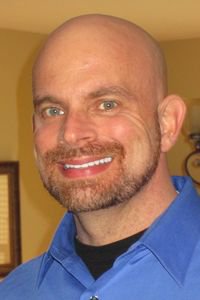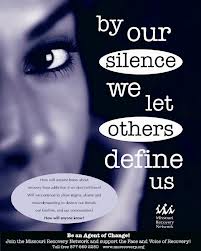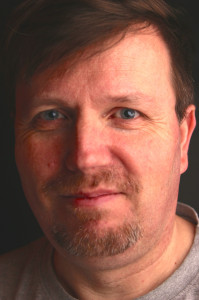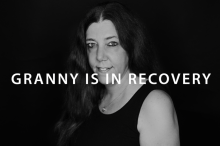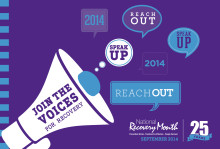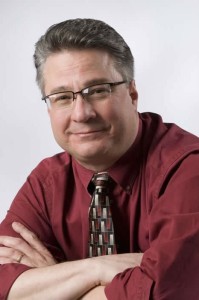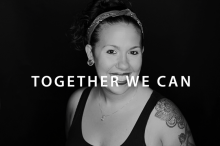 I just wanted to remind you about our YouTube channel, which is now called Recovery Voices, rather than Recovery Stories which it was originally called.
I just wanted to remind you about our YouTube channel, which is now called Recovery Voices, rather than Recovery Stories which it was originally called.
This YouTube channel is a core part of a Recovery Voices project, which I have recently developed in close collaboration with Wulf Livingston of North Wales. The project involves interviewing people on Zoom who are recovering, or have recovered, from addiction, as well as their allies.
The aims of Recovery Voices are to: (1) celebrate the lives and achievements of people recovering from drug and alcohol addiction; (2) create a powerful voice of recovering people and their allies; (3) help develop a greater understanding of addiction and recovery; (4) enhance our understanding of factors that can lead to addictive behaviours; (5) challenge the stigma that is attached to people who experience substance use problems and those who are trying to overcome such problems; and (6) facilitate the development of peer-led recovery communities.

 Here’s another great blog from one of my favourite psychiatrists,
Here’s another great blog from one of my favourite psychiatrists,  Here’s an excellent article by the late Deron Drumm about the importance of Stories in helping people recover and change the mental health system which
Here’s an excellent article by the late Deron Drumm about the importance of Stories in helping people recover and change the mental health system which 
